Big Data Meets Behavioral Science in the Internet of Behavior (IoB)
When the Internet of Things (IoT) introduced the concept of data collection through online device connectivity, people joked about government taps and “Big Brother” tracking our every move. Even before the Internet of Things (or the Internet, for that matter), people were sharing stories of dystopian worlds where artificial intelligence and machine life had displaced humanity.
And yet, here we are years later with virtual assistants named Alexa and Echo adorning our desks and coffee tables; wearables that track and transmit our biometric data; and smart home appliances that can be automated from an app and double as ecommerce shopping carts. We savor how nice it is that we can sync our devices and have them all talk to each other.
Maybe it’s machine learning, or maybe it’s nothing more than the anthropomorphism of binary code and circuitry, echoing literature’s infusion of human qualities into animals and the abstract.
However you view the IoT ecosystem, the Internet of Behavior (IoB) was an inevitable result of big data and our desire to make the best use of it.
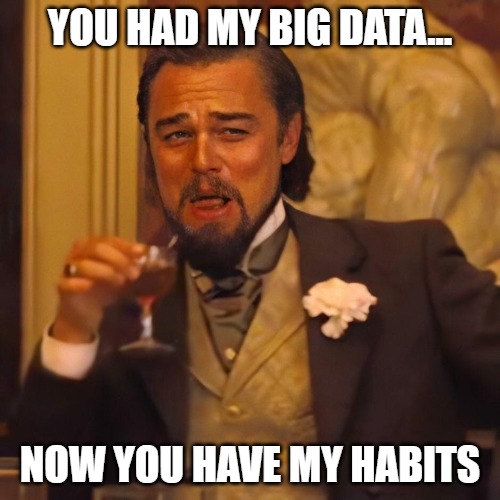
Here’s how the Internet of Behavior came about, and its implications for the future.
The collection of physical devices connected to the Internet has enabled companies and apps to mine customer data; and big data leads to agile marketing. If the IoT was the means to an end—harvesting customer data to create better products, services, and experiences—then the Internet of Behavior is that end.
IoT offered seamless connectivity between personal devices, and promised a new type of convenience. It provided marketers with a wide array of new data sources leveraged as digital touchpoints.
Take some of the ads you see across Facebook and Google, for example.
You know those oddly specific advertisements related to your recent search queries or your browsing history, or a conversation you had offline? Those targeted ads might seem random and borderline creepy (“how did they know I searched for that?!”), but they’re an example of how our everyday data is already being mined for commercial use.
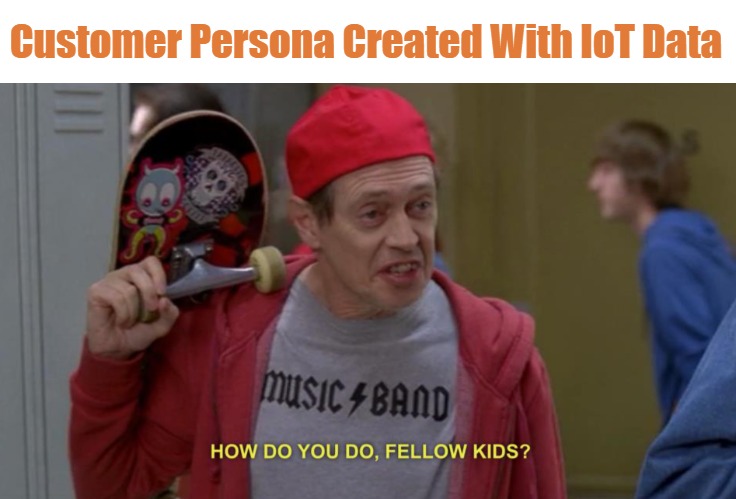
You can only achieve so much with big data alone.
Despite the IoT ecosystem, you’re limited in how granular your marketing segmentation can be before you’re creating customer-shaped boxes instead of building platforms made just for them. The need to understand big data was the spark of life for the Internet of Behavior.
By taking (big) data analytics, technology, and putting them under the microscope of applied behavior analysis, the IoB gives depth and context to mined data.
Aggregation, analysis, and interpretation of IoT device data is just where IoB starts, however. Its end-goal is to identify user behavior patterns in order to influence consumer behavior. In that light, CTAs become softer and more suggestive rather than demanding.
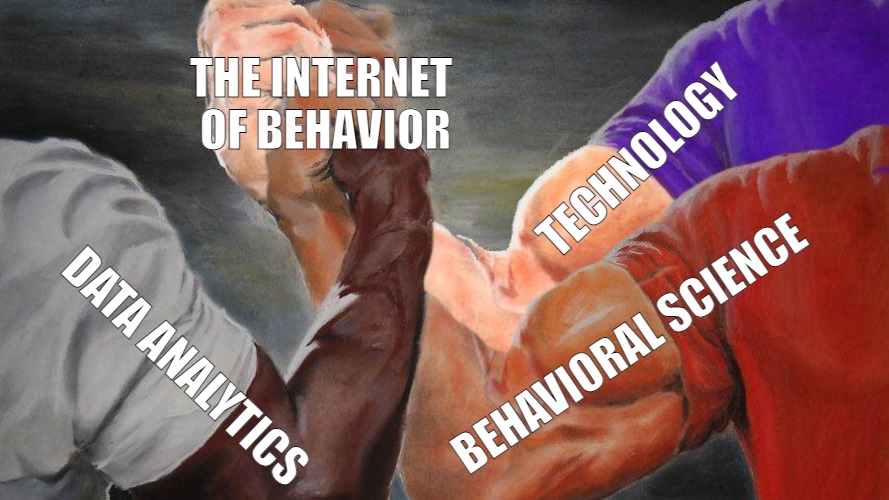
In a way, the conglomeration of data, analytics, and behavioral science humanizes what comes out of the IoT. On their own, facial recognition and geofencing serve up valuable data for tracking users based on a visual ID or their location. With the Internet of Behavior, businesses can use those same tools to deliver individualized content based on habits, not just snapshots of location check-ins, etc.
The real edge to analyzing behaviors is the descriptive and predictive nature of the results. Examining big data through applied behavior analysis can shed light on what psychological variables you’d need to influence in order to encourage a specific behavior or outcome.
In essence, the IoB gets under your skin to reveal habits relevant to whomever is collecting your data, so they can see what makes you tick.
Just a gentle push in the right direction now and then, and no one’s the wiser...
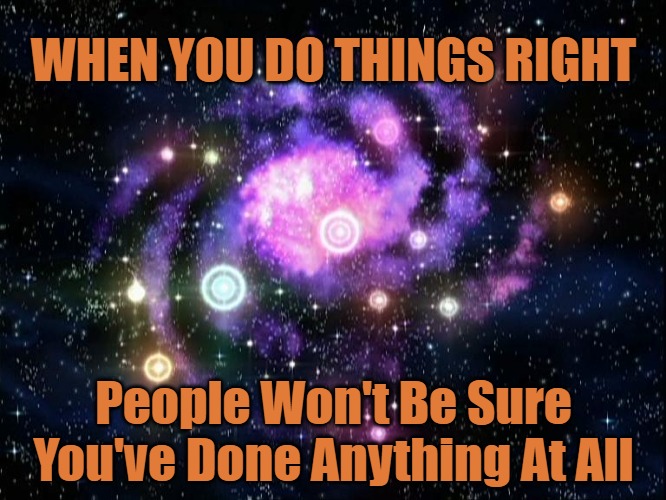
Encouraging someone to do what they’re already doing isn’t rocket science. It’s psychology!
The more businesses can learn about their customers, the more impactful and relevant their marketing strategies can be.
The personalization and person-centric premise of IoB is on par with the likes of the customer flywheel. In short, the IoB and contemporary marketing practices are pretty simpatico.
Hurdles to developing and deploying IoB tactics come down to transparency—explaining what information you’re collecting, why, and/or incentivizing users to provide that data. This is common practice for the majority. Most people appreciate the convenience and efficiency of syncing their devices and reaping the benefits.
Users expect the data they share won’t be used to cause them harm, hardship, or be shared with third-parties. The same goes for first-party data (i.e., cookies).
You can reassure and incentivize users to share information about themselves; however, non-consumer data collected through IoT devices (laptops, smartphones, in-home voice assistants) can invite more questions than answers from users when—not if—they notice the specificity of the content you’re serving up to them hits a little too close to home.
The commercial, political, and social implications of IoB are far reaching. Data and behavioral analysis are tools companies and governments currently use to track things like internal compliance, or monitoring social media and web traffic for symptoms of problematic behaviors like extremist messaging.
In marketing, data-driven personalization through the IoB process allows for the creation of detailed and authentic user profiles. So long, phony customer personas!
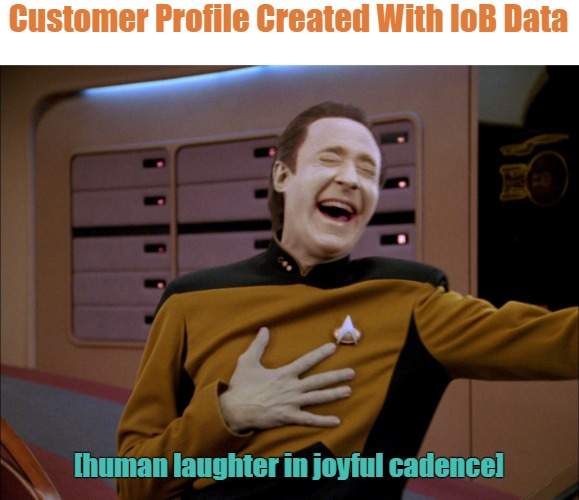
How data is collected, stored, and used begs the question:
What are the ethical implications and risks of IoB?
The ethical debate behind data collection is hardly new. More than a few companies like Apple have already started requiring greater transparency between users and businesses who use Facebook Advertising to capture user insights. That also includes a user’s right to opt-out of having their data collected or shared.
The IoT aggregates an already soupy mix of big data, but when you look at that same mix from a behavioral psychology perspective, you start to contextualize the data and make it more personal.
IoB seeks to understand user activity whereas IoT focuses more on listening and the collection of user data. Data breaches and cyberattacks are ongoing issues that have prompted many to examine the security implications of IoB with a fine-tooth comb.
A typical data breach already includes sensitive and personally identifiable information (PII) like your email, mailing address, social security number, banking details, and more. Imagine that information being accompanied by a psychological profile that also highlighted your habits.
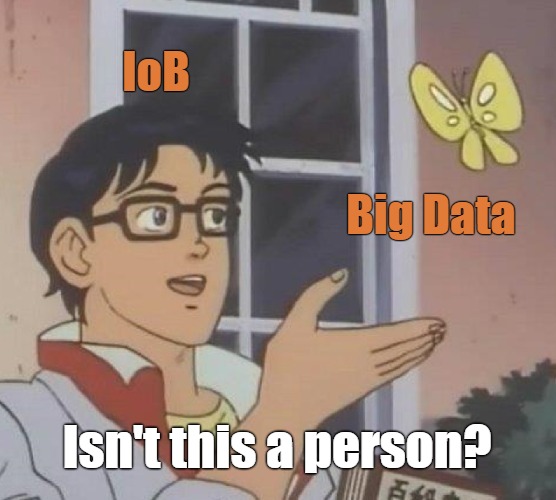
Since the data collected through IoT grows more complex and personalized every day through the IoB, phishing scams with similarly complex and personalized data are risks worth considering. In the right hands, behavior analysis of user data can lead to impressive personalization of content as you’re serving up a thing in a place that’s unique to the user’s life.
The other side of the coin is over-personalization and venturing from an “individualized experience” into an “invasion of privacy” territory. Building content or strategies with a user’s personal data might seem like an obviously well-intentioned thought until the data you’re tapping makes users suspicious or uncomfortable.
Risk vs. reward has been a large component in how we’re currently developing IoB. Fears over privacy concerns and worries that enriching the scope of big data with behavioral science makes it a good mark for cybercriminals.
Knowing how to toe the line and avoid over-personalization, and offering users value for their data fosters a mutually beneficial relationship that benefits the user and the data collector. The Internet of Behavior is still evolving, and the conversation over its potential risks and benefits isn’t over yet.
One thing is for certain: empathy—that need to understand and be understood—is core to the IoB’s. Some intentions are nobler than others; but, in the hands of a digital marketing company, the marriage of big data and behavioral analysis has brought us one step closer to creating that perfect customer journey through the wisdom salvaged from a bunch of ones and zeroes.
And yet, here we are years later with virtual assistants named Alexa and Echo adorning our desks and coffee tables; wearables that track and transmit our biometric data; and smart home appliances that can be automated from an app and double as ecommerce shopping carts. We savor how nice it is that we can sync our devices and have them all talk to each other.
Maybe it’s machine learning, or maybe it’s nothing more than the anthropomorphism of binary code and circuitry, echoing literature’s infusion of human qualities into animals and the abstract.
However you view the IoT ecosystem, the Internet of Behavior (IoB) was an inevitable result of big data and our desire to make the best use of it.

Here’s how the Internet of Behavior came about, and its implications for the future.
IoT Moves from Tech to Behavior
The collection of physical devices connected to the Internet has enabled companies and apps to mine customer data; and big data leads to agile marketing. If the IoT was the means to an end—harvesting customer data to create better products, services, and experiences—then the Internet of Behavior is that end. IoT offered seamless connectivity between personal devices, and promised a new type of convenience. It provided marketers with a wide array of new data sources leveraged as digital touchpoints.
Take some of the ads you see across Facebook and Google, for example.
You know those oddly specific advertisements related to your recent search queries or your browsing history, or a conversation you had offline? Those targeted ads might seem random and borderline creepy (“how did they know I searched for that?!”), but they’re an example of how our everyday data is already being mined for commercial use.

You can only achieve so much with big data alone.
Despite the IoT ecosystem, you’re limited in how granular your marketing segmentation can be before you’re creating customer-shaped boxes instead of building platforms made just for them. The need to understand big data was the spark of life for the Internet of Behavior.
By taking (big) data analytics, technology, and putting them under the microscope of applied behavior analysis, the IoB gives depth and context to mined data.
Aggregation, analysis, and interpretation of IoT device data is just where IoB starts, however. Its end-goal is to identify user behavior patterns in order to influence consumer behavior. In that light, CTAs become softer and more suggestive rather than demanding.

In a way, the conglomeration of data, analytics, and behavioral science humanizes what comes out of the IoT. On their own, facial recognition and geofencing serve up valuable data for tracking users based on a visual ID or their location. With the Internet of Behavior, businesses can use those same tools to deliver individualized content based on habits, not just snapshots of location check-ins, etc.
The real edge to analyzing behaviors is the descriptive and predictive nature of the results. Examining big data through applied behavior analysis can shed light on what psychological variables you’d need to influence in order to encourage a specific behavior or outcome.
In essence, the IoB gets under your skin to reveal habits relevant to whomever is collecting your data, so they can see what makes you tick.
Just a gentle push in the right direction now and then, and no one’s the wiser...

Encouraging someone to do what they’re already doing isn’t rocket science. It’s psychology!
Understanding Personal Data to Provide Personalized, Person-Centric Experiences
The more businesses can learn about their customers, the more impactful and relevant their marketing strategies can be. The personalization and person-centric premise of IoB is on par with the likes of the customer flywheel. In short, the IoB and contemporary marketing practices are pretty simpatico.
Hurdles to developing and deploying IoB tactics come down to transparency—explaining what information you’re collecting, why, and/or incentivizing users to provide that data. This is common practice for the majority. Most people appreciate the convenience and efficiency of syncing their devices and reaping the benefits.
Users expect the data they share won’t be used to cause them harm, hardship, or be shared with third-parties. The same goes for first-party data (i.e., cookies).
You can reassure and incentivize users to share information about themselves; however, non-consumer data collected through IoT devices (laptops, smartphones, in-home voice assistants) can invite more questions than answers from users when—not if—they notice the specificity of the content you’re serving up to them hits a little too close to home.
The IoT does not gather data solely from your relationship with a single company. For instance, a car insurance company can look at a summary of your driving history. As a society, we’ve decided this is fair. But the insurers might also scour your social media profiles and interactions to “predict” whether you’re a safe driver—a questionable and extralegal move.
—Chrissy Kid, Research & Technology Author (BMC Blogs)
The commercial, political, and social implications of IoB are far reaching. Data and behavioral analysis are tools companies and governments currently use to track things like internal compliance, or monitoring social media and web traffic for symptoms of problematic behaviors like extremist messaging.
In marketing, data-driven personalization through the IoB process allows for the creation of detailed and authentic user profiles. So long, phony customer personas!

How Mixing Big Data & Behavioral Science Can Go Wrong
How data is collected, stored, and used begs the question: What are the ethical implications and risks of IoB?
The ethical debate behind data collection is hardly new. More than a few companies like Apple have already started requiring greater transparency between users and businesses who use Facebook Advertising to capture user insights. That also includes a user’s right to opt-out of having their data collected or shared.
The IoT aggregates an already soupy mix of big data, but when you look at that same mix from a behavioral psychology perspective, you start to contextualize the data and make it more personal.
IoB seeks to understand user activity whereas IoT focuses more on listening and the collection of user data. Data breaches and cyberattacks are ongoing issues that have prompted many to examine the security implications of IoB with a fine-tooth comb.
A typical data breach already includes sensitive and personally identifiable information (PII) like your email, mailing address, social security number, banking details, and more. Imagine that information being accompanied by a psychological profile that also highlighted your habits.

Since the data collected through IoT grows more complex and personalized every day through the IoB, phishing scams with similarly complex and personalized data are risks worth considering. In the right hands, behavior analysis of user data can lead to impressive personalization of content as you’re serving up a thing in a place that’s unique to the user’s life.
The other side of the coin is over-personalization and venturing from an “individualized experience” into an “invasion of privacy” territory. Building content or strategies with a user’s personal data might seem like an obviously well-intentioned thought until the data you’re tapping makes users suspicious or uncomfortable.
The Internet of Behavior is All About Compromise
Risk vs. reward has been a large component in how we’re currently developing IoB. Fears over privacy concerns and worries that enriching the scope of big data with behavioral science makes it a good mark for cybercriminals.Knowing how to toe the line and avoid over-personalization, and offering users value for their data fosters a mutually beneficial relationship that benefits the user and the data collector. The Internet of Behavior is still evolving, and the conversation over its potential risks and benefits isn’t over yet.
One thing is for certain: empathy—that need to understand and be understood—is core to the IoB’s. Some intentions are nobler than others; but, in the hands of a digital marketing company, the marriage of big data and behavioral analysis has brought us one step closer to creating that perfect customer journey through the wisdom salvaged from a bunch of ones and zeroes.
